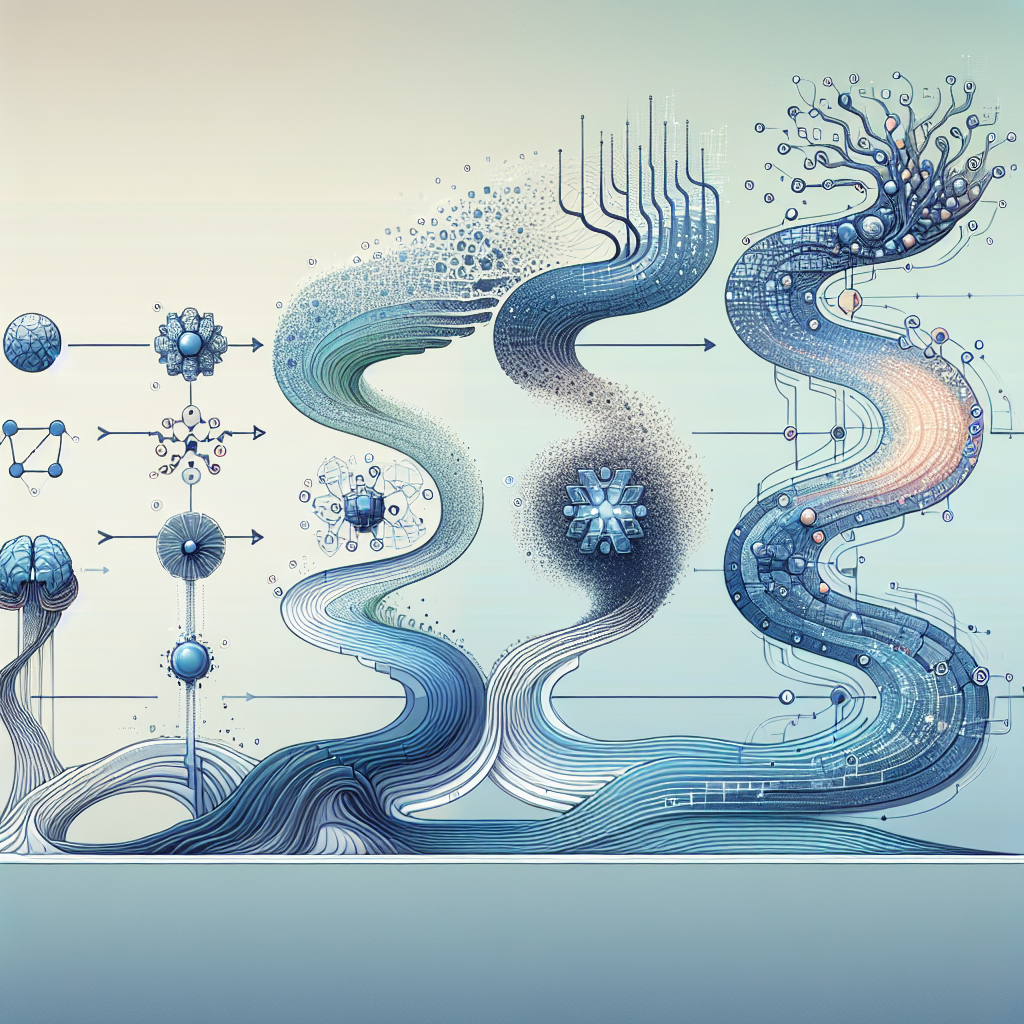Recurrent Neural Networks (RNNs) have been a fundamental building block in the field of deep learning for processing sequential data. They have the ability to retain information over time, making them well-suited for tasks such as language modeling, speech recognition, and time series prediction. However, traditional RNNs have limitations in capturing long-range dependencies in sequences, known as the vanishing gradient problem.
To address this issue, researchers have developed more sophisticated architectures, such as Long Short-Term Memory (LSTM) and Gated Recurrent Unit (GRU), which are known as gated architectures. These models incorporate gating mechanisms that control the flow of information within the network, allowing it to selectively update and forget information at each time step.
LSTM, proposed by Hochreiter and Schmidhuber in 1997, introduced the concept of memory cells and gates to address the vanishing gradient problem. The architecture consists of three gates – input gate, forget gate, and output gate – that regulate the flow of information, enabling the network to learn long-term dependencies more effectively.
GRU, introduced by Cho et al. in 2014, simplifies the architecture of LSTM by combining the forget and input gates into a single update gate. This reduces the number of parameters in the model, making it computationally more efficient while achieving comparable performance to LSTM.
Recently, researchers have also explored more complex gated architectures, such as the Gated Linear Unit (GLU) and the Transformer model. GLU, proposed by Dauphin et al. in 2016, incorporates a multiplicative gate mechanism that allows the network to selectively attend to different parts of the input sequence. This architecture has shown promising results in tasks such as machine translation and language modeling.
The Transformer model, introduced by Vaswani et al. in 2017, revolutionized the field of natural language processing by eliminating recurrence entirely and relying solely on self-attention mechanisms. This architecture utilizes multi-head self-attention layers to capture long-range dependencies in sequences, achieving state-of-the-art performance in various language tasks.
Overall, the evolution of recurrent neural networks from simple RNNs to complex gated architectures has significantly improved the model’s ability to learn and process sequential data. These advancements have led to breakthroughs in a wide range of applications, showcasing the power and flexibility of deep learning in handling complex sequential tasks. As research in this field continues to progress, we can expect further innovations in architecture design and training techniques that will push the boundaries of what is possible with recurrent neural networks.
#Simple #RNNs #Complex #Gated #Architectures #Evolution #Recurrent #Neural #Networks,recurrent neural networks: from simple to gated architectures

Leave a Reply
You must be logged in to post a comment.